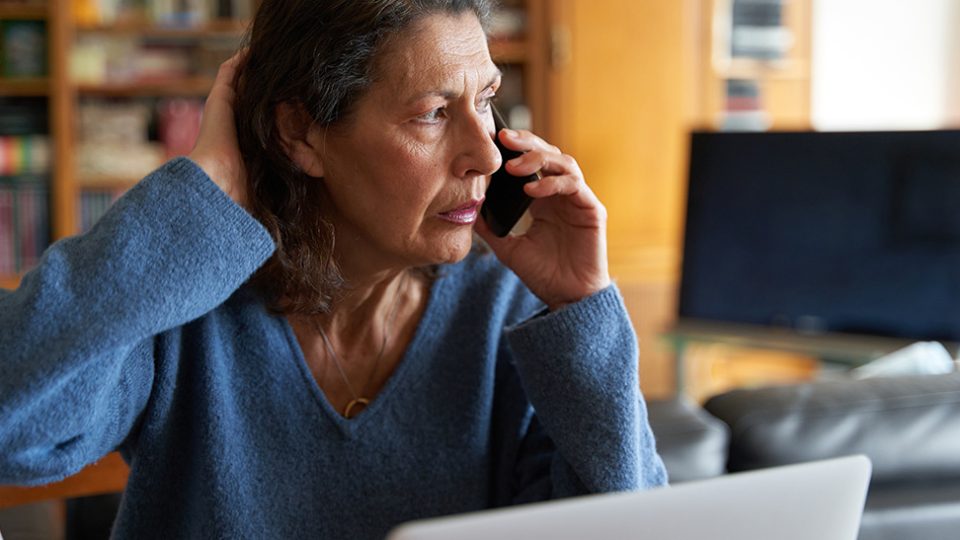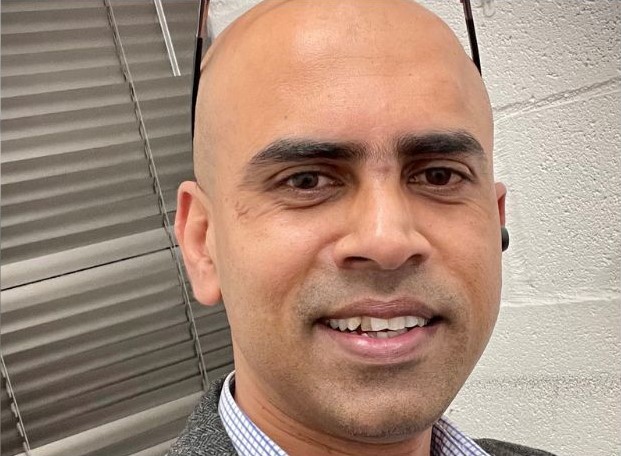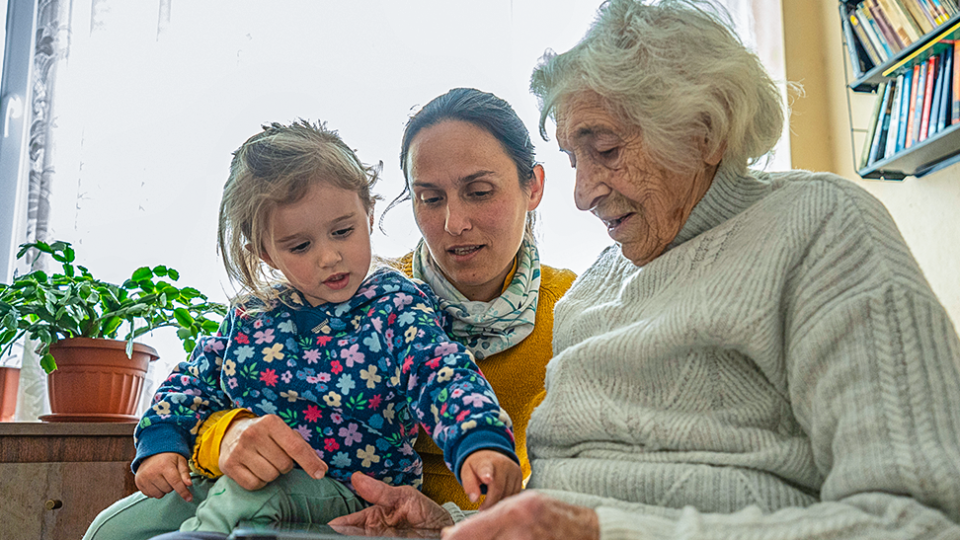On Founders Day, Sadie Newnham remembers early Strathalan
- 23 Feb 2023

Baptcare celebrates Founders Day on 24 February, commemorating the purchase of Strathalan homestead in 1945 by visionary Baptists to provide housing for people in need.
Nowadays Sadie Newnham lives at Baptcare’s Strathalan Aged Care Community, but she visited the site even before the date of first purchase.
“My brother Vic and I and others came out here on a Youth Hike in 1943,” Sadie remembers. “We attended West Hawthorn Baptist, and we took the train out, got off at the station and walked across the paddocks holding our lunches in paper bags.
“We walked all around the old homestead. The driving forces then were (Rev) W. G. Pope and his wife Mary Pope. She had been a missionary and returned to Australia. She was a good-looking lady with lovely wavy hair. He was a bit of an entrepreneur.
“They found Strathalan and opened it up to people who needed it.”
Sadie is now in her 95th year. She remembers fundraising afternoon teas at West Hawthorn Baptist to help towards the purchase of Strathalan. These were years when money was scarce, and people had to scrape to contribute funds for charity purposes.
Sadie’s own upbringing was not easy. Her mother died when she was eight. Her father was a gold miner, truck driver and handyman. Sadie left school after Grade Eight and got a job first as a piece work machinist and then in an office. For the first year she wore her old school uniform to work until she could afford other clothes.
Through it all, church and her faith were always central to Sadie’s life. She was a founding member of Blackburn North Baptist Church where she was a deaconess and sang in the choir.
She was inspired in her belief in Christian service by the big-hearted Baptists who raised £4,481 to purchase Strathalan homestead, opening it in 1945 as Strathalan Home for the Elderly.
This is the DNA of Baptcare. Baptcare staff continue to come face-to-face with social disadvantage and injustice in our communities. We can look at the example of those who insisted on better care for older people at Strathalan in the 1940s, and be inspired.
Community news
-

Tips for dealing with life in the sandwich generation
This is part two in our blog series on the sandwich generation. Here are some tips for dealing with the carer’s squeeze experienced by a growing number of Australians, particularly women. Key points: Summary of challenges facing the sandwich generation Tips for dealing with the challenges System reforms needed
- 11 Jul 2025
-

Meet Suraj | Hospitality Manager Residential Aged Care
What makes a residential aged care community truly feel like home? It’s the perfect blend of a warm, inviting atmosphere, devoted and compassionate staff, and thoughtfully crafted meals that foster an undeniable sense of belonging. Today we meet Suraj Ligade, Baptcare’s Hospitality Manager, to explore how his passion for care and culinary excellence nourishes both the bodies and spirits of our treasured aged care residents.
- 10 Jul 2025
-

The sandwich generation phenomenon unpacked
Welcome to the first of two blogs on the theme of the sandwich generation in Australia. In this one, we’ll cover the definition of the sandwich generation, the different types of caring that fall within it and some of the issues those in the sandwich generation face. The second blog will cover tips for dealing with life in the sandwich generation
- 02 Jul 2025
